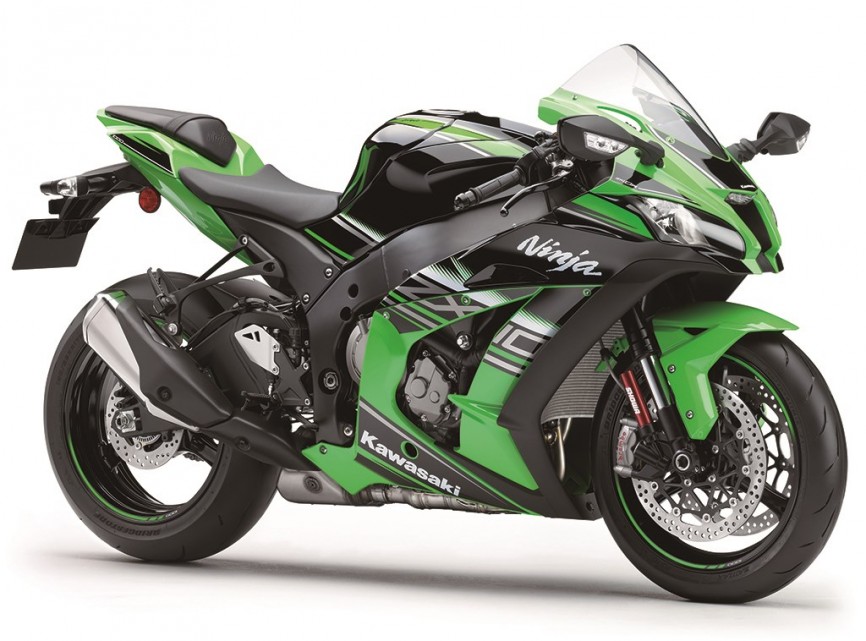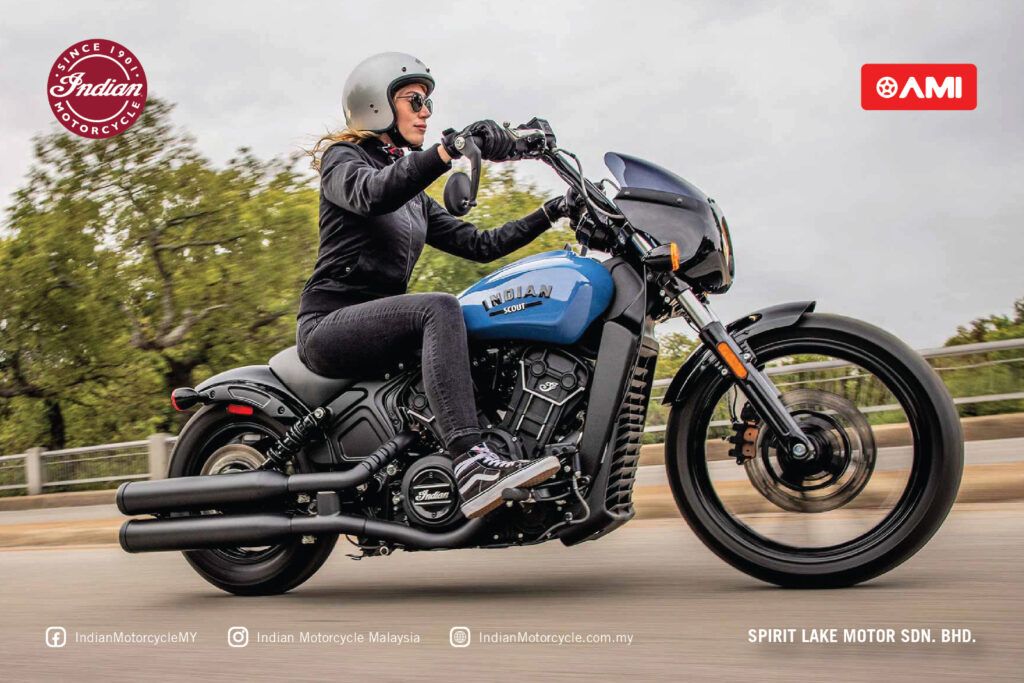The veil is finally lifted over the sharper new fourth generation Kawasaki Ninja ZX-10R supersports with new looks, new chassis and more power.
After what seemed like an eternity, the all-new fourth generation Kawasaki Ninja ZX-10R has broken cover in Spain during a special press presentation. Making this a really sweet affair is the fact that the newly revealed Kawasaki Ninja ZX-10R is a completely new bike from the ground up. 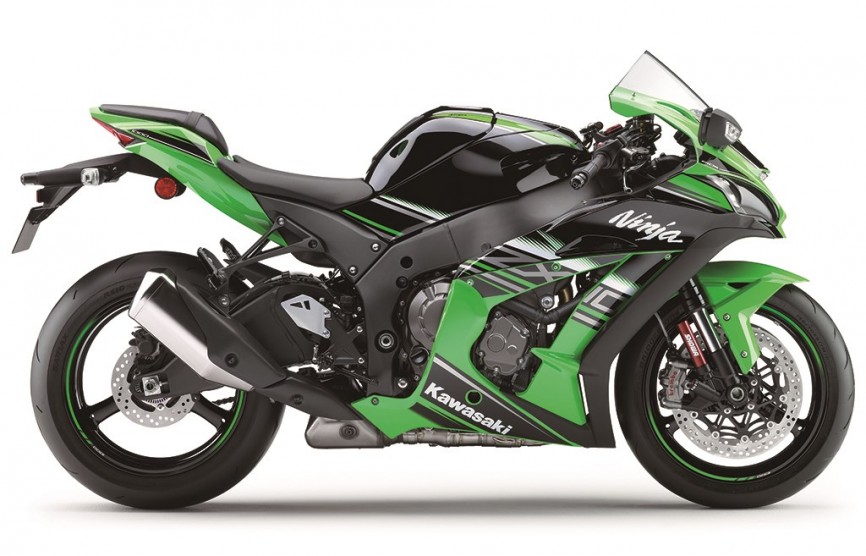 Though it looks rather similar to the bike it replaces, the 2016 model’s striking new livery masks its revisions well indeed. Crucially, the revised design sports enhanced aerodynamics thanks to a larger top fairing flanked by intakes for improved high-speed stability and reduced vibrations. There’s also a new front mudguard with a stepped design that directs air to the radiator for improved cooling. Crucially, very few parts from the outgoing bike is retained in this newer version as well.
Though it looks rather similar to the bike it replaces, the 2016 model’s striking new livery masks its revisions well indeed. Crucially, the revised design sports enhanced aerodynamics thanks to a larger top fairing flanked by intakes for improved high-speed stability and reduced vibrations. There’s also a new front mudguard with a stepped design that directs air to the radiator for improved cooling. Crucially, very few parts from the outgoing bike is retained in this newer version as well.
Besides the revised exterior, the new Kawasaki Ninja ZX-10R also has a brand new twin-spar chassis made of cast aluminium to boot underneath. The headstock is now mounted closer to the rider for improved weight over the front for greater stability and turn-in ability. There are also resonance chambers in the frame that helps reduce intake noise while the swingarm is now 15.8mm longer.
Crucially, the Kawasaki Ninja ZX-10R also gains with a heavily upgraded powertrain as well. It starts with a new and lightened cylinder head and crankshaft with the former further enhanced with straighter, wider and polished intake and exhaust ports. Additionally, the exhaust ports are now made of titanium, whilst the cam profiles have been revised and re-optimised to balance out torque and high-end power. Furthermore, the pistons have been shortened and lightened, gaining with revised crowns plus thicker cylinder walls and a rerouted cooling system. 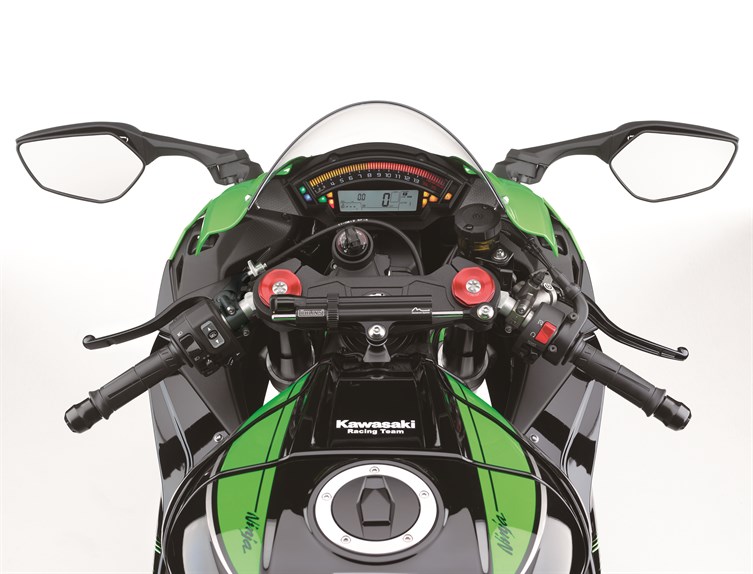 These revisions now grant the liquid-cooled DOHC 998cc in-line four-cylinder screamer with 16 valves a higher output of 207hp developed at 13,000rpm, with peak torque also raised to 113.5Nm developed at 11,500rpm. Completing the package are new titanium exhaust headers that are similar in size to Kawasaki’s WSBK race bikes, plus a new titanium silencer as well, not to mention a Euro 4-compliant triple catalyser setup too.
These revisions now grant the liquid-cooled DOHC 998cc in-line four-cylinder screamer with 16 valves a higher output of 207hp developed at 13,000rpm, with peak torque also raised to 113.5Nm developed at 11,500rpm. Completing the package are new titanium exhaust headers that are similar in size to Kawasaki’s WSBK race bikes, plus a new titanium silencer as well, not to mention a Euro 4-compliant triple catalyser setup too.
Making their production bike debut in the Kawasaki Ninja ZX-10R are the 43mm Showa Balance Free Front Forks, which is paired with the brand’s Balance Free Rear Cushion (BFRC) shock. The new forks offers increased ride comfort, braking stability and an improved front-end feel, via independently adjustable compression and rebound damping. The fork also boasts a race-derived compressed nitrogen gas canister that keeps a more constant pressure inside each tube as well.  Next up are the new brakes supplied by Brembo. Up front, the new Kawasaki Ninja ZX-10R gains with range-topping Brembo M50 cast aluminium monoblocs mounted radially, followed by a pair of new and larger 330mm rotors plus braided hoses. The rear, on the other hand, gains with a 220mm single rotor setup with a single piston caliper and braided lines. Unlike the outgoing bike, the new setup sees the front units enlarged by 20mm with the petal rotor design replaced with rounded rotor shapes too.
Next up are the new brakes supplied by Brembo. Up front, the new Kawasaki Ninja ZX-10R gains with range-topping Brembo M50 cast aluminium monoblocs mounted radially, followed by a pair of new and larger 330mm rotors plus braided hoses. The rear, on the other hand, gains with a 220mm single rotor setup with a single piston caliper and braided lines. Unlike the outgoing bike, the new setup sees the front units enlarged by 20mm with the petal rotor design replaced with rounded rotor shapes too.  Now comes the final bag of tricks – the electronics. Primed on board is a new Bosch Inertial Measurement Unit (IMU), followed by the Sport-Kawasaki TRaction Control (S-KTRC), Kawasaki Launch Control Mode (KLCM), Kawasaki Intelligent anti-lock Brake System (KIBS), Kawasaki Quick Shifter (KQS), Kawasaki Engine Brake Control (KEBC). Completing things are the Öhlins electronic steering damper plus a new power mode selection.
Now comes the final bag of tricks – the electronics. Primed on board is a new Bosch Inertial Measurement Unit (IMU), followed by the Sport-Kawasaki TRaction Control (S-KTRC), Kawasaki Launch Control Mode (KLCM), Kawasaki Intelligent anti-lock Brake System (KIBS), Kawasaki Quick Shifter (KQS), Kawasaki Engine Brake Control (KEBC). Completing things are the Öhlins electronic steering damper plus a new power mode selection. 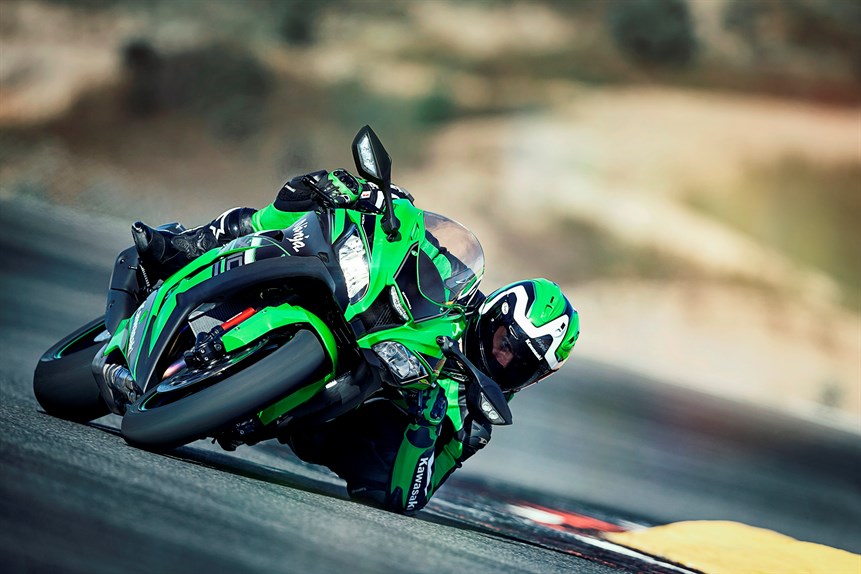 Overall, the new Kawasaki Ninja ZX-10R does boot an impressive array of new hardware and metal, with Kawasaki proclaiming it to be the closest thing to a factory superbike it has ever produced. Most importantly, much of these changes were made to ensure Kawasaki can still have a highly competitive World Superbikes Championship (WSBK) race machine in the coming years. 2016 Kawasaki Ninja ZX-10R specifications
Overall, the new Kawasaki Ninja ZX-10R does boot an impressive array of new hardware and metal, with Kawasaki proclaiming it to be the closest thing to a factory superbike it has ever produced. Most importantly, much of these changes were made to ensure Kawasaki can still have a highly competitive World Superbikes Championship (WSBK) race machine in the coming years. 2016 Kawasaki Ninja ZX-10R specifications
| Engine | 998cc Liquid-cooled, 4-stroke inline four, DOHC, 16-valve |
| Bore & Stroke | 76.0 x 55.0mm |
| Compression Ratio | 13.0:1 |
| Power | 207hp @ 13,000rpm (with ram air effect) |
| Torque | 113.5Nm @ 11,500rpm |
| Chassis | Twin spar, cast aluminium |
| Tyre Sizes | Front: 20/70ZR17Rear: 190/55ZR17 |
| Suspension | Front:43 mm inverted Balance Free Front Fork with external compression chamber, compression and rebound damping and spring preload adjustability, and top-out springsRear:Horizontal Back-link with BFRC lite gas-charged shock, piggyback reservoir, compression and rebound damping and spring preload adjustability, and top-out spring |
| Brakes | Front:Twin semi-floating 330 mm discs, dual radial-mount Brembo M50 monobloc calipersRear:Single 220 mm disc, single-bore pin-slide, aluminium piston |
| Wheelbase | 1,440mm |
| Length | 2,090mm |
| Width | 740mm |
| Height | 1,145mm |
| Seat Height | 835mm |
| Kerb Weight | 206kg (ABS) |
| Fuel Tank | 17 litres |
2016 Kawasaki Ninja ZX-10R
Sources: MCN / Visordown / Moto.it ( Link 1 / Link 2 ) / YouTube

